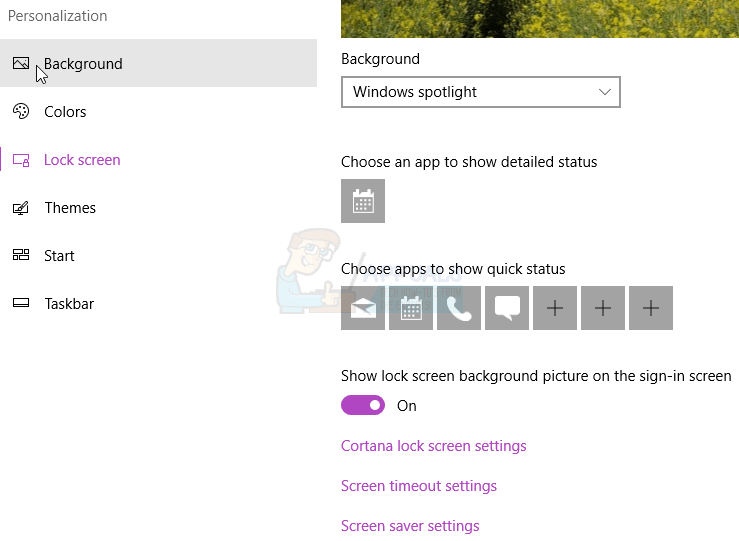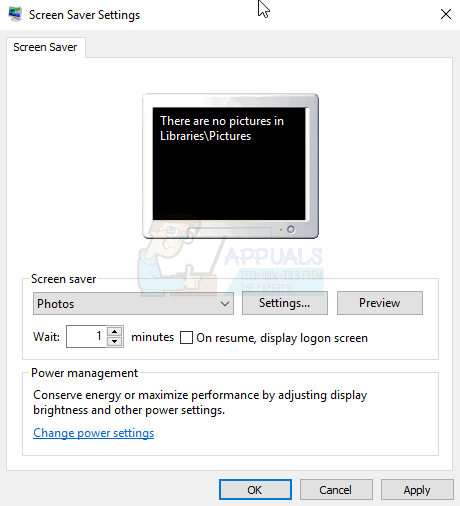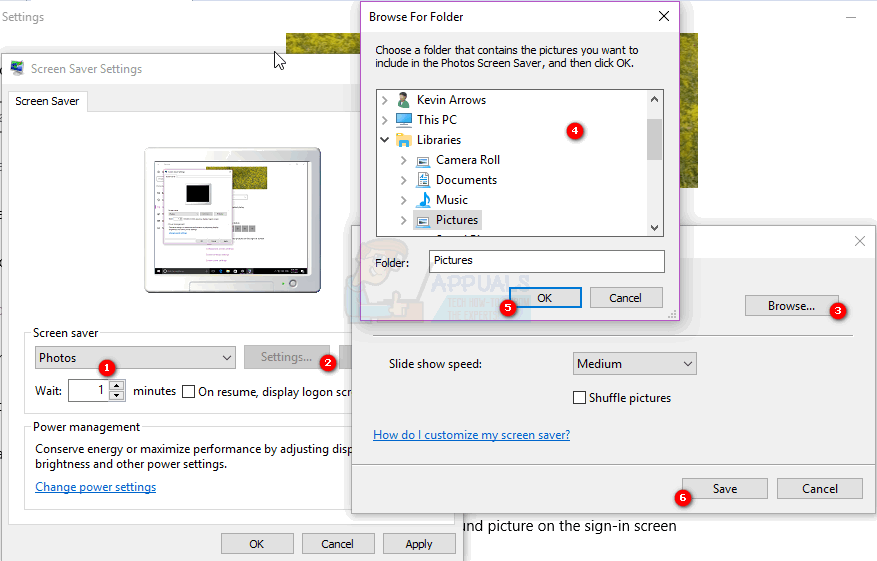How to Add Photos to Windows Screen Saver on Windows 10
A screen saver is an animated image that is activated on a personal computer display when no user activity has been sensed for a predefined time. This can be a word swooping around the screen, or a collection of images that change after a predetermined time. Initially, screen savers were designed to prevent phosphor burn-in on CRT and plasma computer monitors (hence the name). A burn-in is a permanent mark on the CRT screen due to prolonged electrons striking the same place over and over. This wears off the phosphorus on one part of the screen than the other. Burn-ins can be seen as lighter patches on the screen, surrounded by dark edges. This may affect the ability of the screen to render images. Screen savers are now used primarily for entertainment, security or to display system status information. In fact, today’s CRT display technology makes burn-in unlikely except under extreme conditions: on larger displays used for room presentations, burn-in is still a possibility.
Windows Screen Saver
Windows comes with built-in screen savers that you can select. If you purchase your computer with the operating system already installed, a screen saver may have been selected for you. There are several ways you can set a screen saver on windows. You can choose a 3D text that tumbles on your screen at a set speed and resolution. You can also select a blank screen that lets your screen cool down and evenly distributing the electric stimulant on the screen. There are options for “ribbons” and another for “mystify” that both display colorful lines that change position with time. Bubbles that pop out on your screen are also available. The most important option that this article will talk about is the “photos” option.
Windows comes with its photo gallery that it usually sets as the screen saver. It is possible to set your own photo gallery as a screen saver. The photos will change from time to time in slides. This article will take you on the step by step best guide on how to customize your Windows screen saver to display your personal photos.
Change the type of screen saver and select the images source from the screen saver settings
This method is simple and straight forward. Simply follow these instructions.
- Click Start -> Settings -> Personalize > Lock Screen

- From the lock screen page, scroll down to the bottom. There is a link to “Screen saver settings” at the very bottom. Click on the link to open the “Screen Saver Settings” window.

- Under Screen saver title, click the list, and then select Photos.

- To change one or more of the screen saver settings, click Settings, and then do one or more of the following:
- To specify the photos to use for your screen saver, click Browse, choose the folder that contains the pictures you want to use, and then click OK.

- To change the speed which the photos change in the slide show, click the list next to Slide show speed, and then choose a speed.
- To have the pictures appear in a random order, select the Shuffle pictures check box.
- Click Save to save the setting changes you made. This returns you to the “screen saver settings” window
- To change the amount of time of inactivity that the computer waits till it brings on the screen saver, input the “Wait:” time in minutes.
- If you desire (for security reasons) to be asked to log in again when you return to your computer, check the “On resume, display log on screen” checkbox.
- Click OK in the Screen Saver Settings dialog box.
If you have subfolders with images within the folder you have chosen, do not worry, those images will also be displayed in the screen saver slide show.